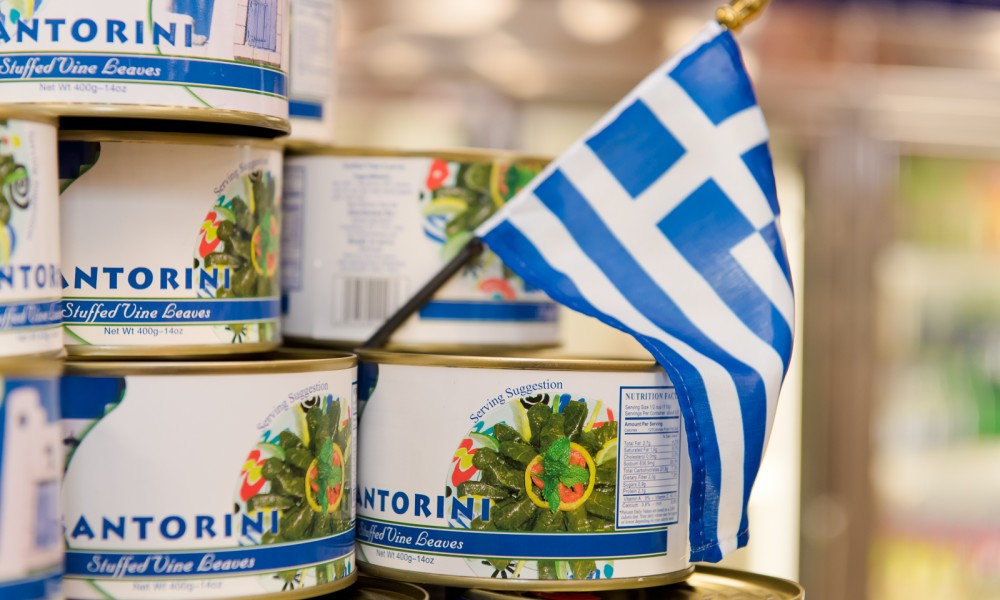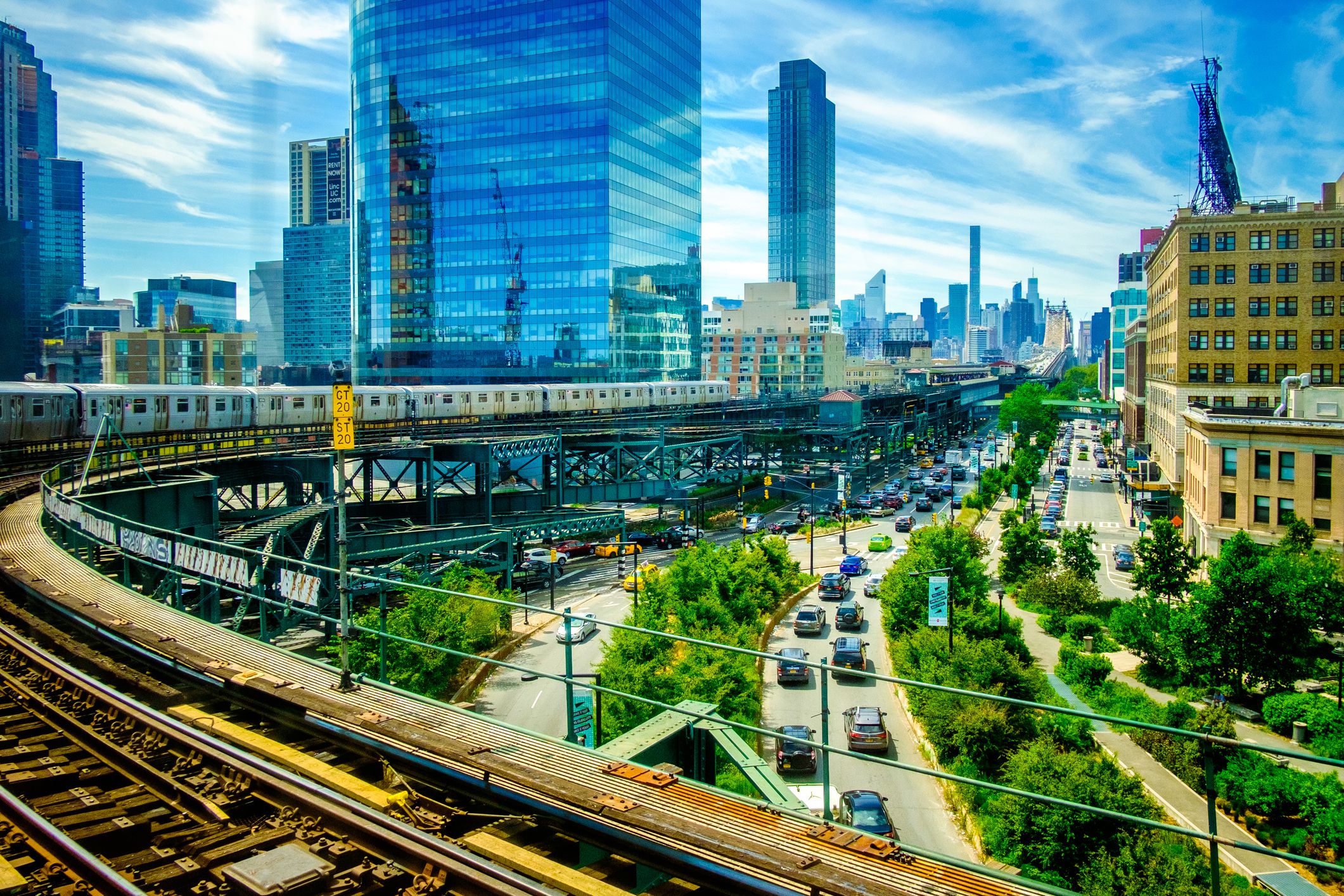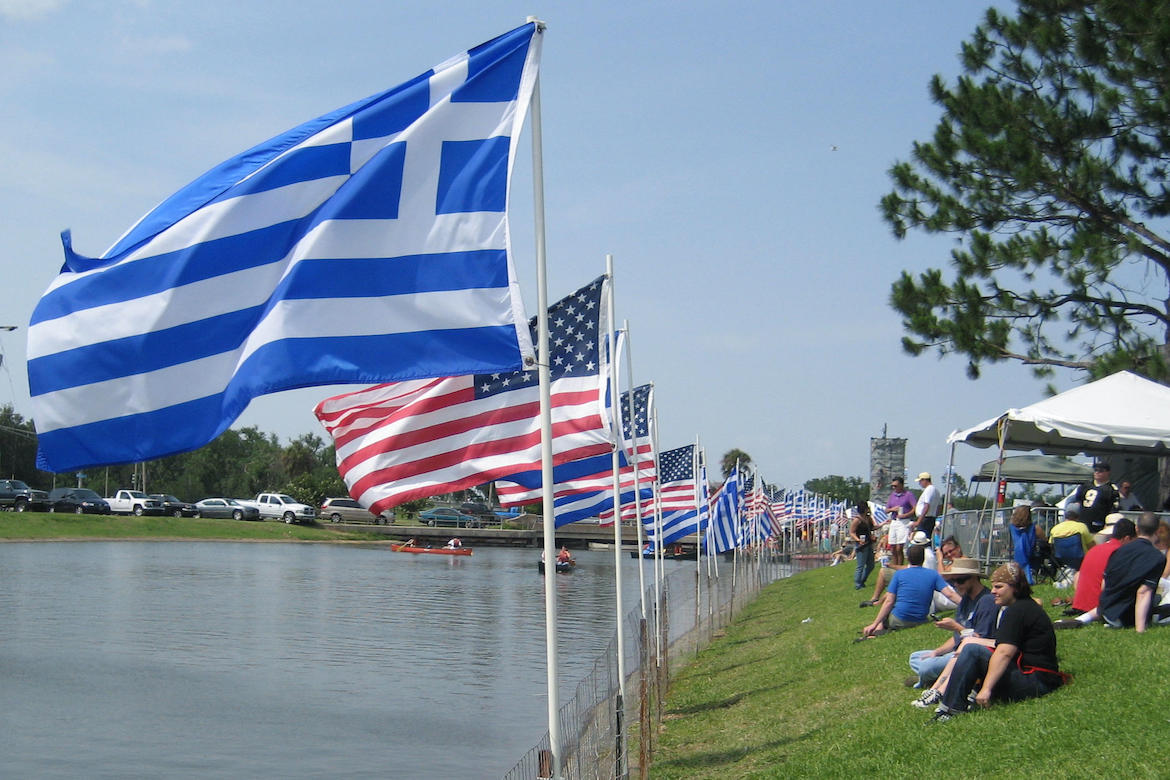World ghettos: Astoria: Greek outpost in New York City

Astoria is located in the north-western corner of the New York City borough of Queens. Thanks to its picturesque streets, excellent restaurants and great pedestrian areas, the residents of the Big Apple love it no less than Manhattan. Another obvious advantage of this area is the fact that in comparison with other parts of the metropolitan city, it is rather quiet, and is not crammed with cars and skyscrapers. The neighbourhood owes its poetic name to American millionaire merchant John Jacob Astor. Being an incredibly rich, with a net worth of over 20 million dollars in 1840, that taking into account inflation today would equal to 100 billion, he owned many objects in these lands. Locals remember him not only as an efficient businessman, but also a weirdo: Astor could go to dine into the most hotspot pub and get in fight with hard workers; or, for instance, being in a bad mood, he could throw a thousand dollars into a fire. At the same time, he often gave to the poor people everything he had on, remaining in his underwear only. Fame about him and his escapades spread throughout the United States, so it is not surprising that the area comprising the bulk of his business infrastructure and has investments, was named first unofficially and then officially in his honour. Photo tripsavvy.com
Photo tripsavvy.com
Astoria, like the rest of New York earlier and nowadays, was the place of migrants, yet, there is no other country in the world where outsiders feel as free and comfortable as in the United States. Until the early 20th century, this area was a home to a significant number of residents of German, Dutch and Czech descent. None of them claimed to leadership, because in terms of number of people they were more or less equal. Everything changed after the Second World War, when Astoria was flooded by Greeks, Cypriots and Balkan natives. The Iron Curtain, Communist rise to power and the economic crisis, can be called the main reason for the mass migration of southern Europe natives to the distant America. Amazingly, in just a few decades they managed not only to get used to a local climate, a new way of life and strange country, but also to contribute to the image of modern New York. Today, the streets of Astoria lined with coffee shops, family restaurants and fruit stalls, rather reminiscent of Athens or Thessaloniki than the City business districts, or "one-story America". It seems that it even has another weather, and air is warmer compared to the same in Manhattan or Brooklyn. Photo eportfolios.macaulay.cuny.edu
Photo eportfolios.macaulay.cuny.edu
Many local people of the older generation, especially from among the first settlers, though they sincerely like the United States, never learned English considering it as a waste of time. They don’t go often beyond Astoria, since inside the quarter they can talk with each third, and their strong ethnic cluster is fast becoming a self-sufficient neighbourhood in more ways than simply food and necessities. About 35% of Astoria population is the Greeks. Even Italian or Irish neighbourhoods, which are traditionally the leaders among migrants in New York, do not have such density. Photo hellenicnews.com
Photo hellenicnews.com
In addition to unique atmosphere, great food and good mood, the Little Greece is interesting by its own attractions. Astoria Park is smack on the East River with gorgeous views of Upper Manhattan and the Queensboro and Hellgate Bridges, it is a popular place for recreation and sports in the fresh air among the local inhabitants. Its jewel is an outdoor summer swimming pool. Production company of motion pictures Astoria, which offers guided tours, is a film factory legendary for the whole country. Built in the 1920s, today, it specializes in the production of television shows, the most famous of which are the Sesame Street and The Stepford Wives. If we talk about the religious buildings, the most prominent one is the Church of St. George, which is over 170 years old. It is worth mentioning that in Astoria lived one of the most popular American musicians William Steinway. There he founded the factory-museum for the production of pianos which still operates, and one of the main streets is named after him. Photo pappaspost.com
Photo pappaspost.com
Fans of gastro tourism will not be bored there: gourmets would not know where to go next, as at every step there are bakeries catering to foodies delicious delights at a very reasonable price, thus making a visit eminently worth. There you can buy a real Greek bread with olives, authentic cheese, wine and take it all with you for a picnic. Or you can drop into budget-friendly tavern, in which you can stuff your stomach so that you won’t feel coaxed to go for a walk. Among the latter, Kefalos and Agnanti stand out, where tourists, just having tasted some speciality, immediately get transferred to the Mediterranean. German heritage of today’s Astoria is an old-school beer pub Beer Garden, which opened its doors back in 1900. Beer recipe and menu format have not particularly changed since then, so visitors come with families, and one can see an epic picture of grandfather, his son and his grandson sipping beer, as all generations enjoy beer taste.
Read also: What do they eat: Greece
Today, under the most conservative estimate, about 2.5 million Greeks live in the United States. Their diaspora is one of the most reputable, since being hot-blooded Southerners, they have never been involved in conflicts and never lack respect for their new homeland. The descendants of Odysseus are contributing to America's development in all areas, so they won a great honour to hold their own celebrations at the White House. In addition to them, only the Irish can boast with the same privilege. Therefore, everyone is fond of "the Greek capital" Astoria. The Greeks feel at home there, and the Americans come here to relax in a pleasant atmosphere. We can say that these two peoples found harmony in this eclectic neighbourhood.
Cover photo weheartastoria.com





















